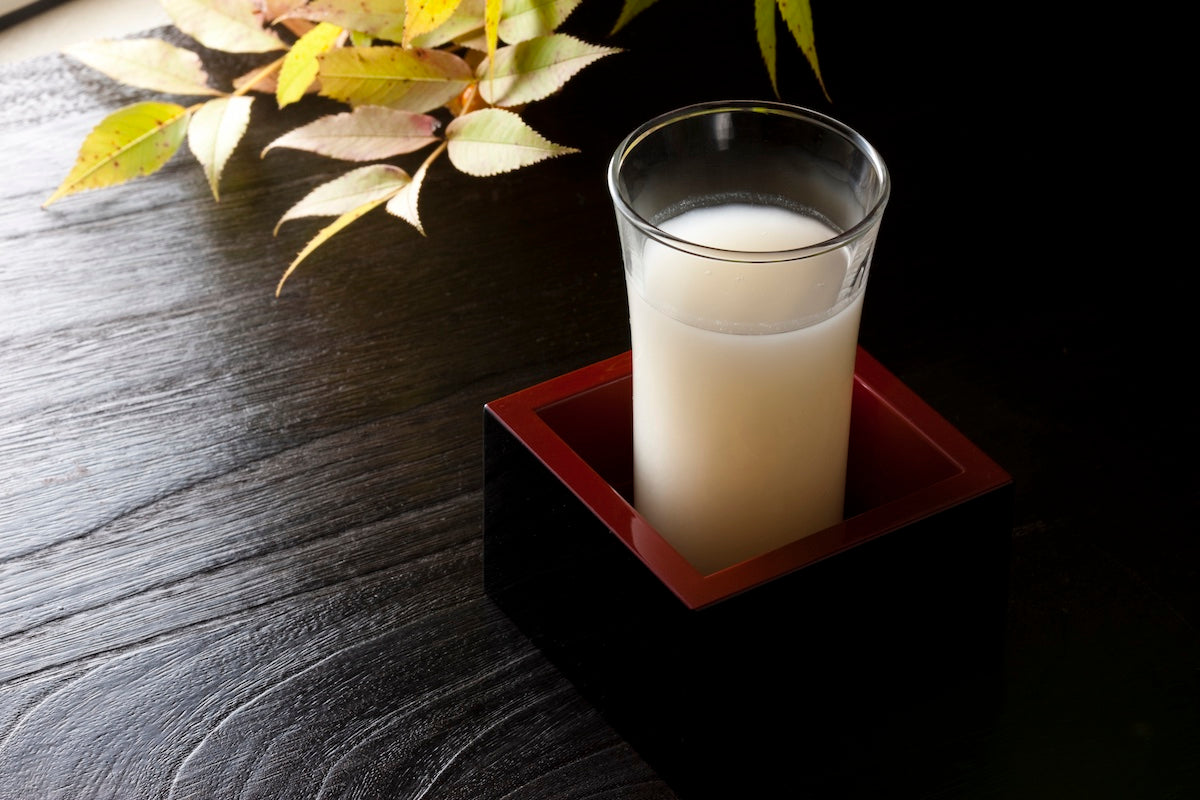
Culinary Shrines of Japan: Part 1
If you think about it, almost everything in life comes back to food. Consider Japanese festivals, the overwhelming majority of which are deeply connected to the yearly agricultural cycle that cente...

A Selection of Strangely Specific Sports Shrines
Shinto doesn’t know the meaning of monotheism. One of its central beliefs is the animist notion that every tree, rock, river has a spirit. These are collectively referred to as yaoyorozu no kami — ...
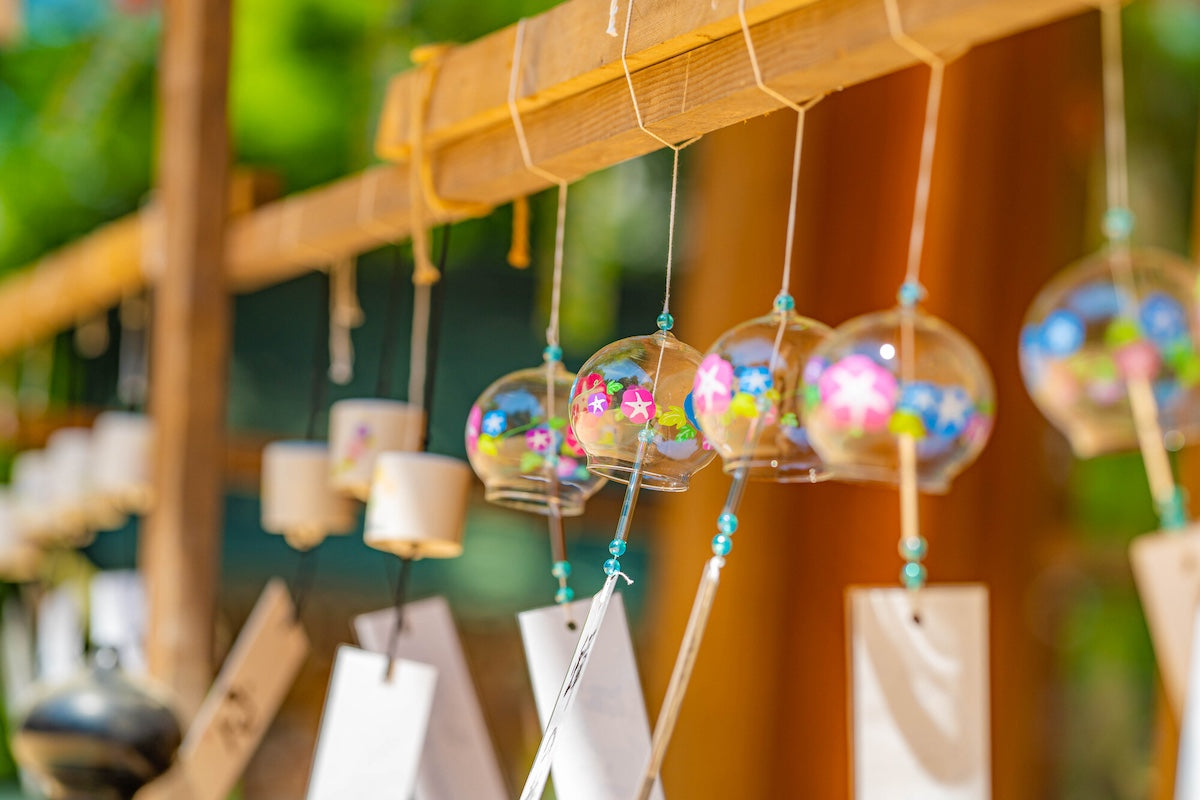
The Small Pleasures of Unbearable Japanese Summers
With the vanishing exception of high altitudes in the mountains, summer in Japan is awful by most measures. Daytime temperatures regularly exceed 30 degrees Celsius, often hovering around 36 or 38 ...
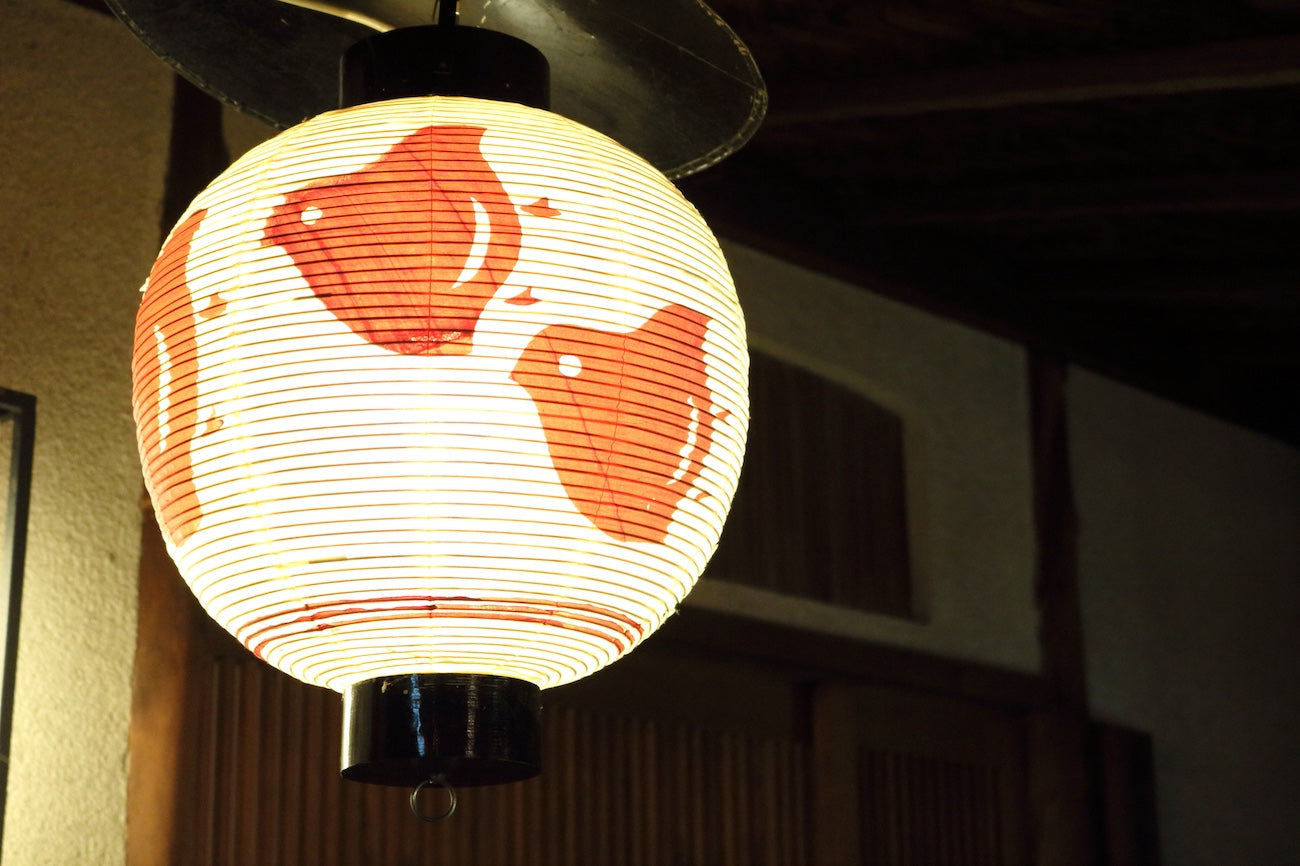
Patterns and Puns in Japanese Culture
Thanks to its limited syllabary and a large number of homophones and homographs (different meanings for a given spelling), the Japanese language is fertile ground for all sorts of wordplay. Pair th...
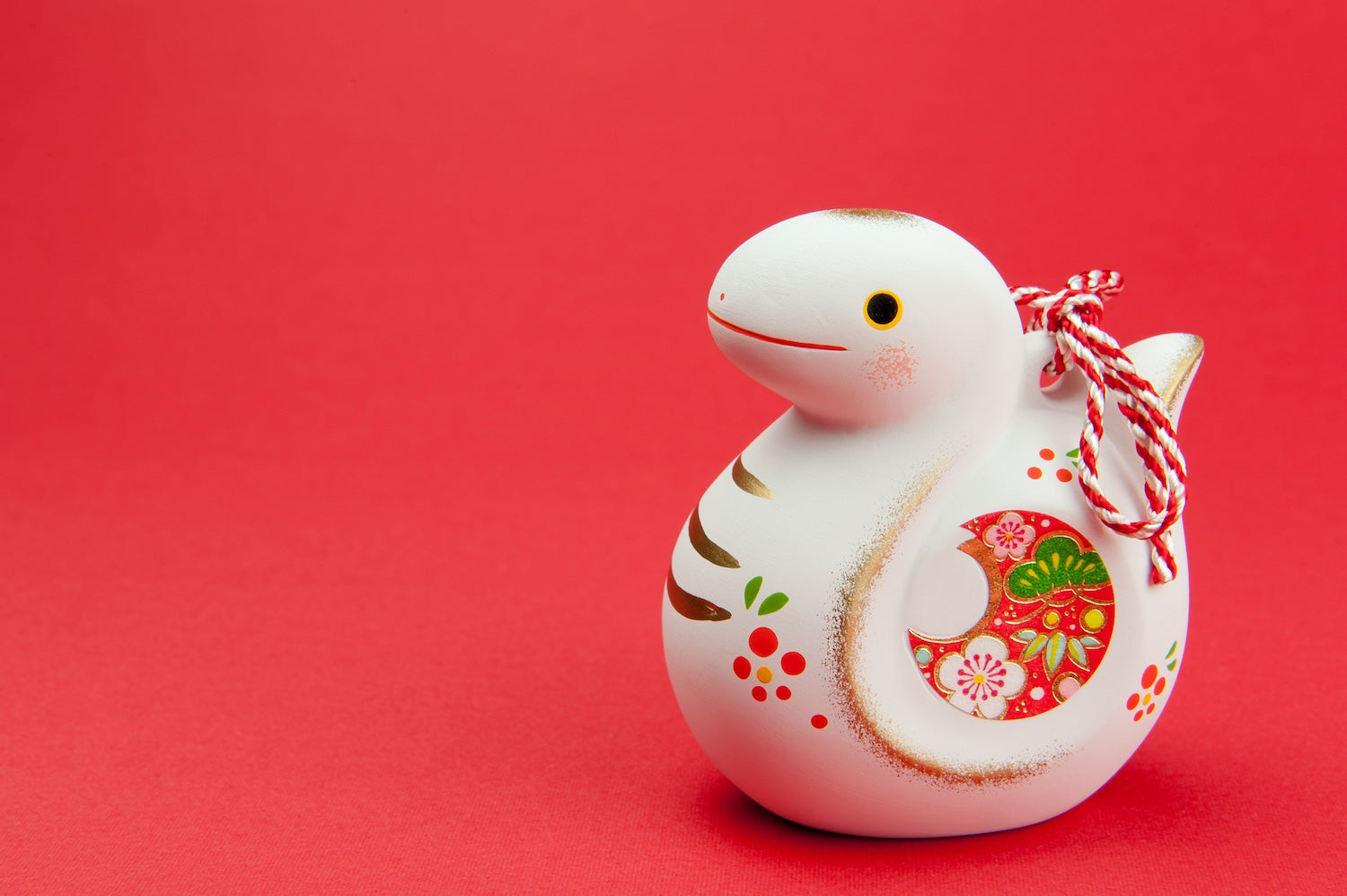
Read Your Way To Folk Craft Fluency: A Mingei Reading List
The term ‘Mingei’ — literally meaning ‘arts of the people’ — was coined by Japanese philosopher and critic Yanagi Sōetsu and potters Hamada Shōji and Kawai Kanjirō in 1925 to describe beautiful an...

From money and receipts to certificates and payslips, paper is so ubiquitous in our daily lives as to be banal. But washi is another matter altogether. Unlike most machine-made papers, handmade was...

Principles of Japanese Garden Design
To master any skill or art form, one must first study the masters who came before. The same is true for Japanese garden design, which has been practiced for centuries — one learns best by visiting,...
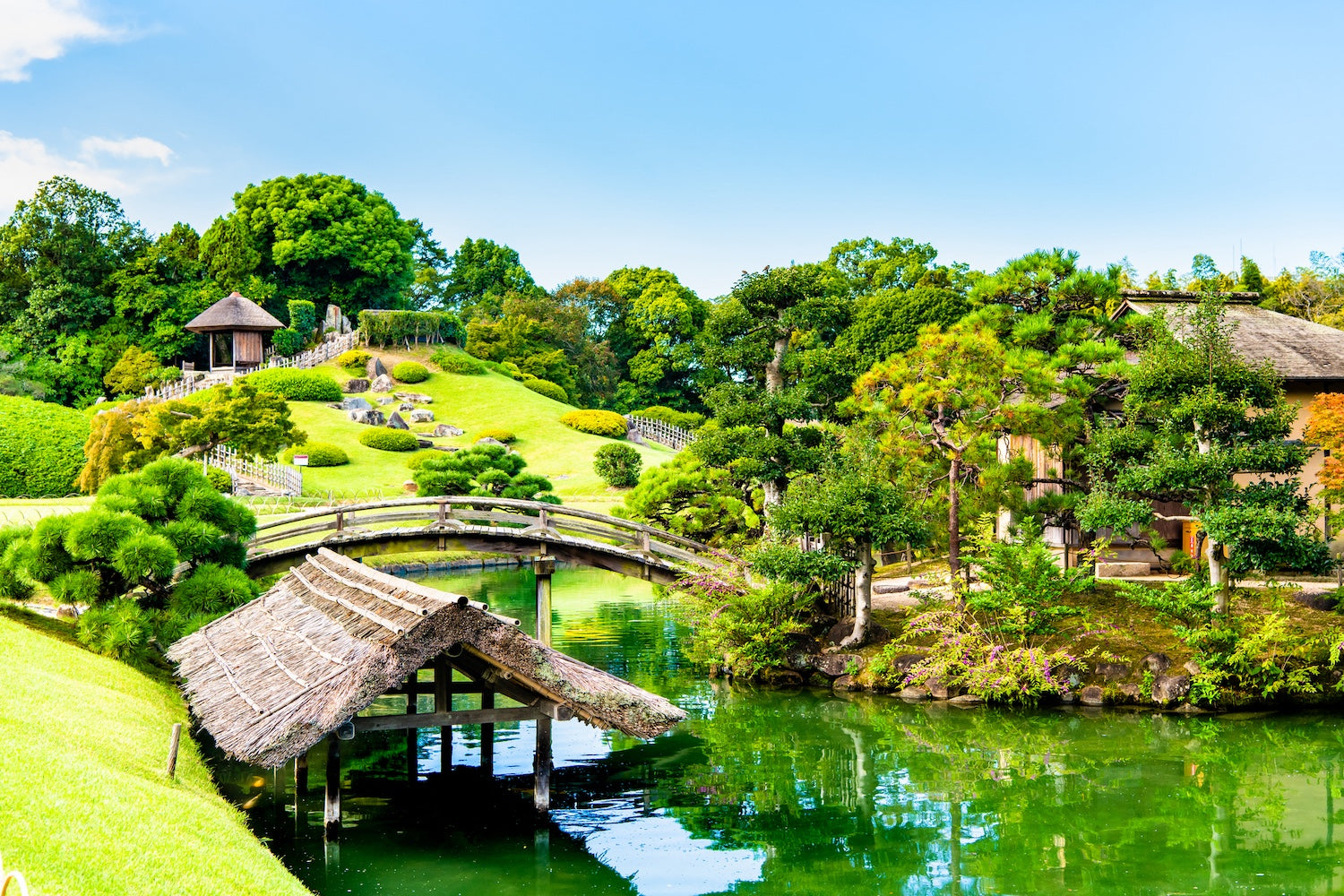
As Japanese culture evolved through the centuries, so too did gardens, whose designs often reflected contemporary ideas and philosophical concerns. Not all of them have survived the ages, but many ...
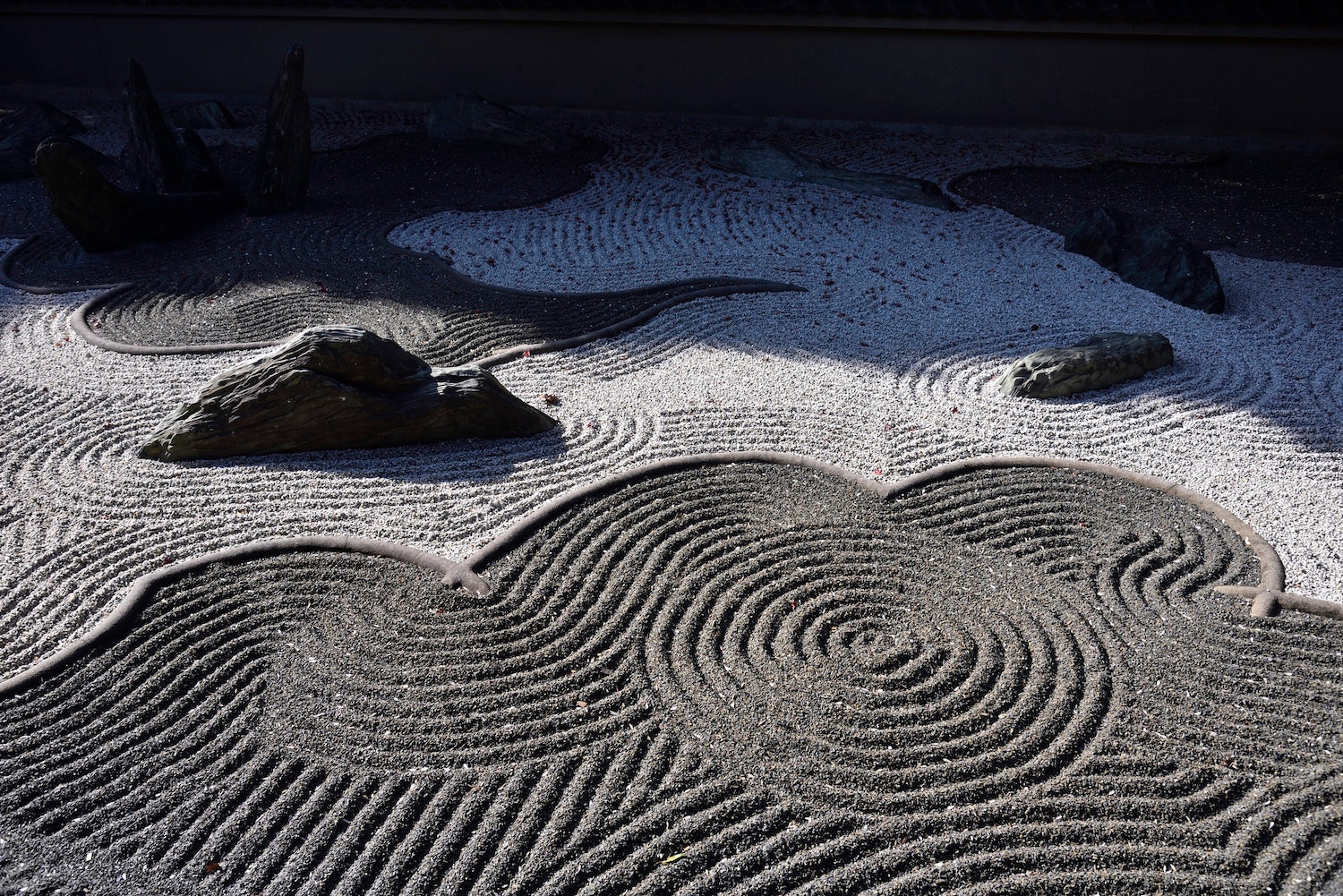
There’s something special about visiting traditional Japanese gardens. Whether it is a neatly raked sea of gravel in a Zen rock garden or a strolling garden with mossy undulating hills and maple tr...
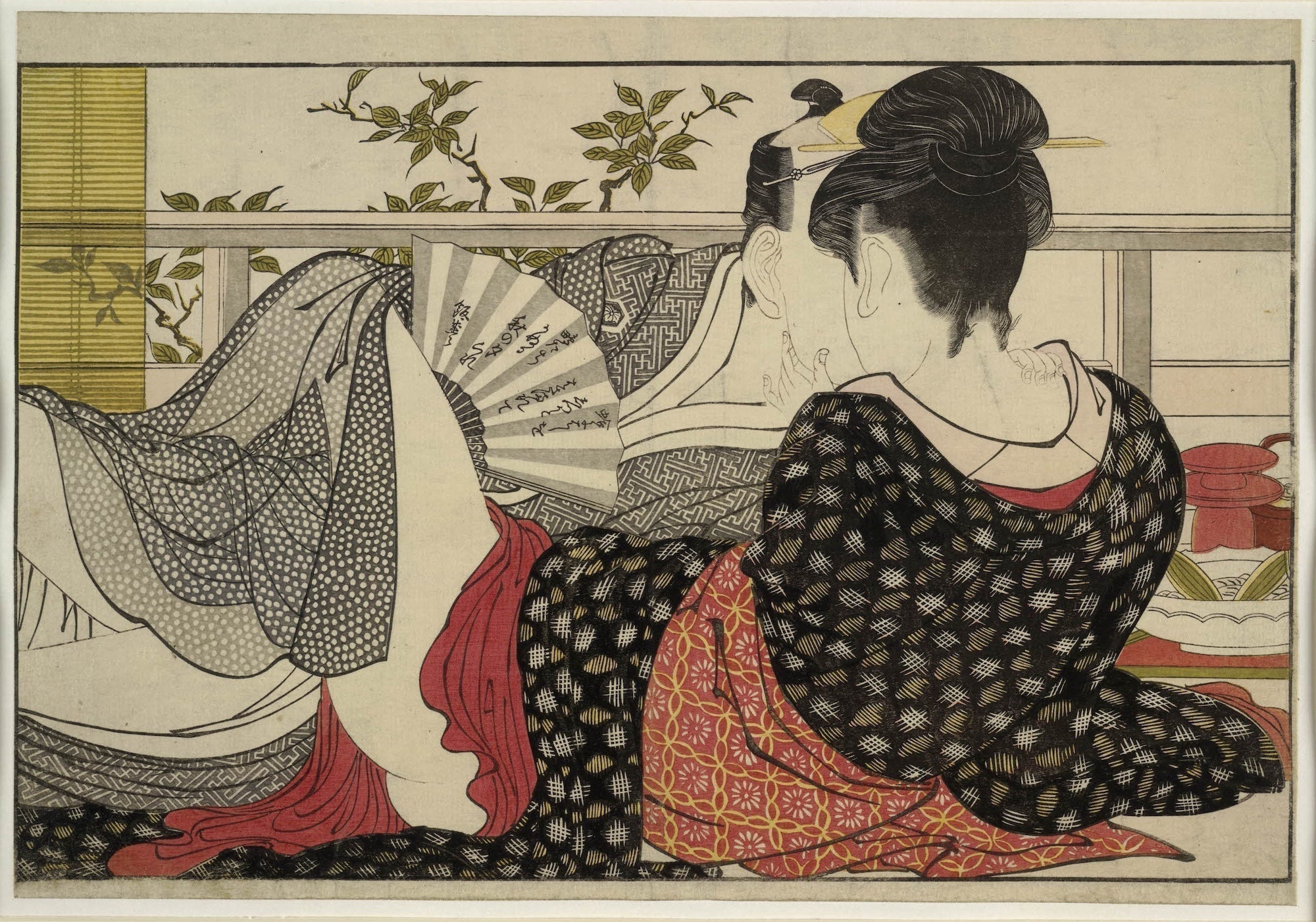
Six More Iconic Ukiyo-e Prints and their Stories
Ukiyo-e woodblock prints may have been a phenomenon of the 16th to early 20th century, but the cultural influence of that vast body of artworks continues to make itself felt today. The Japonisme mo...
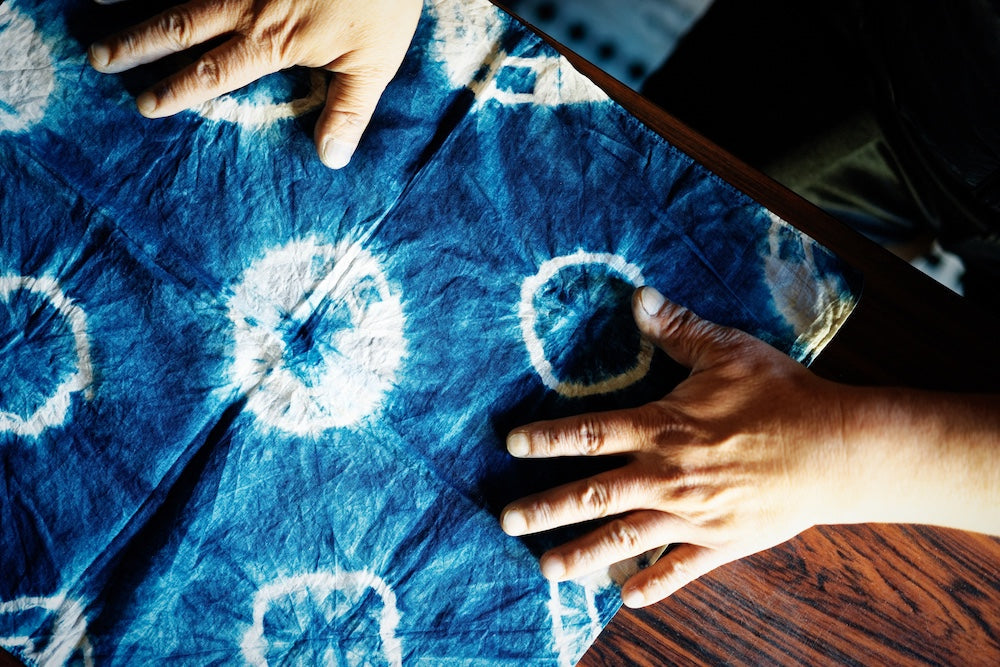
Japan Blue and the Art of Aizome
Blue is the world’s favourite colour. You could cite any number of reasons for this: the sky and ocean are blue; it evokes a sense of peace and tranquility; it is often associated with positive qua...

Six Iconic Ukiyo-e Prints and their Stories
Ukiyo-e woodblock prints are Japan’s most famous art form, in large part thanks to the Japonisme movement of the late 19th century. However, ukiyo-e did not enjoy the same cultural cachet in its co...
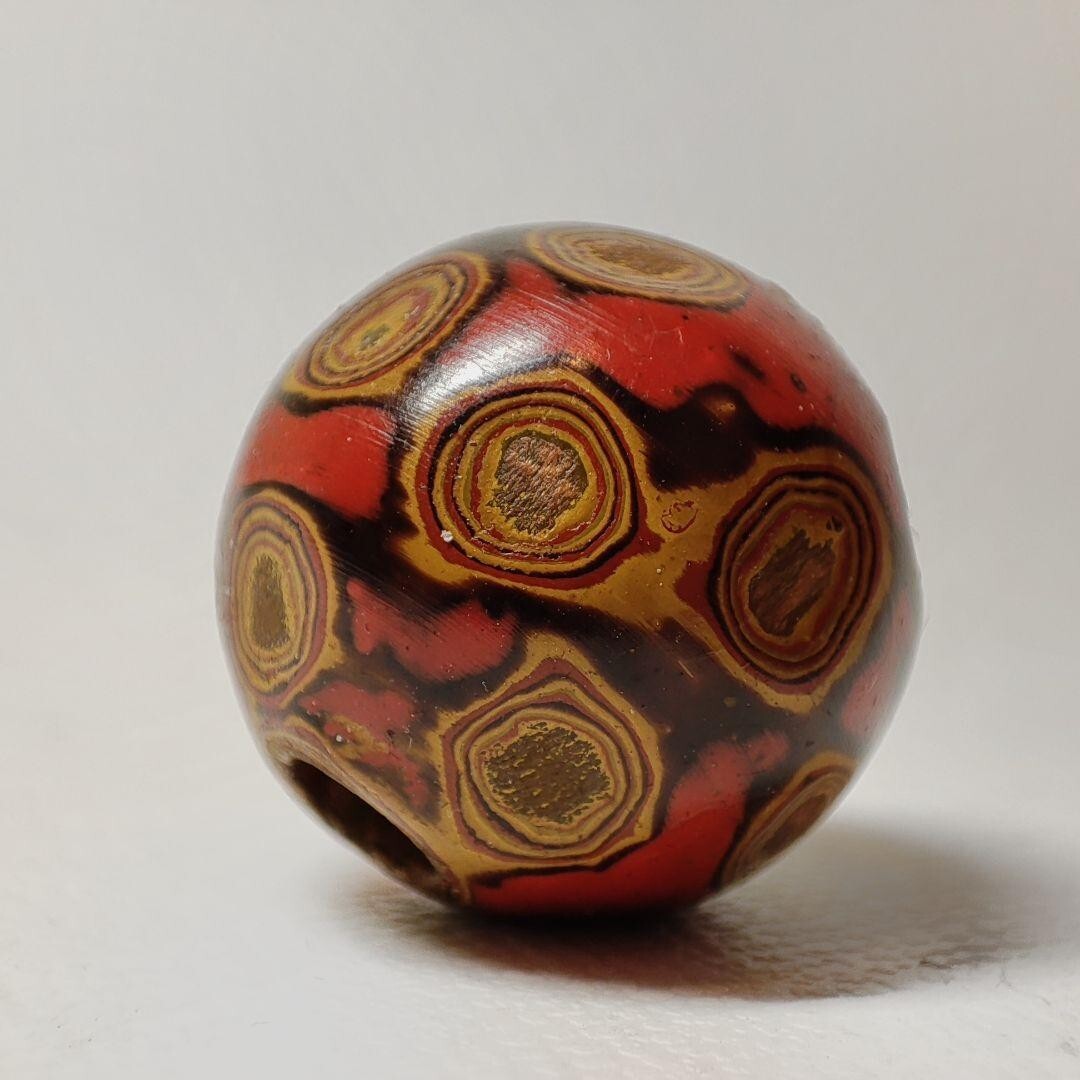
The most beautiful things in life are the ones we take the trouble to notice. This applies to more intangible ideas like personality traits or human acts, but also small, tangible objects from wild...
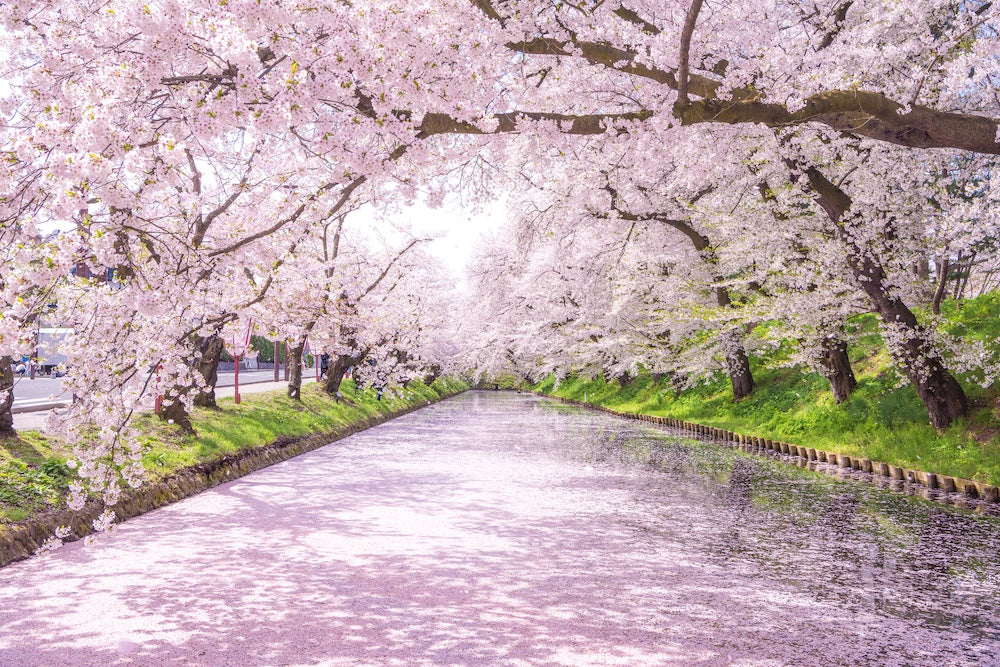
Introducing Common Concepts and Principles in Japanese Aesthetics
Most people will have encountered the phrase “beauty is in the eye of the beholder,” which suggests that what is considered tasteful or beautiful varies according to the individual; indeed, even a ...
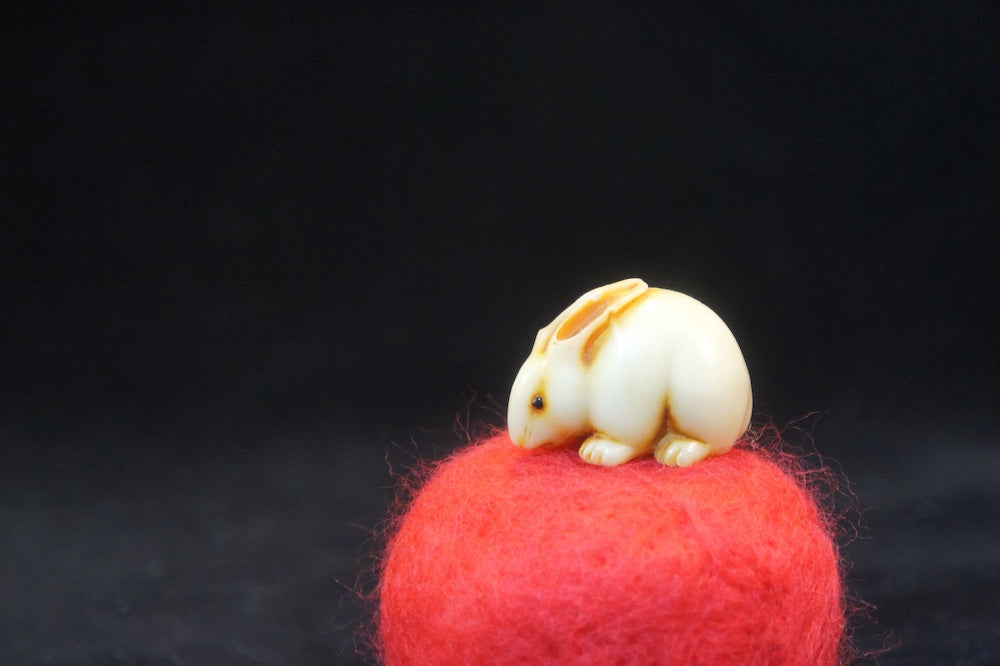
Netsuke and the Eternal Allure of Tiny Beautiful Things
An immortal monk wrestling an octopus. A hare with amber eyes. A fox crouched on top of a skull. These are all examples of netsuke — tiny, intricately-carved toggles that were a crucial part of men...
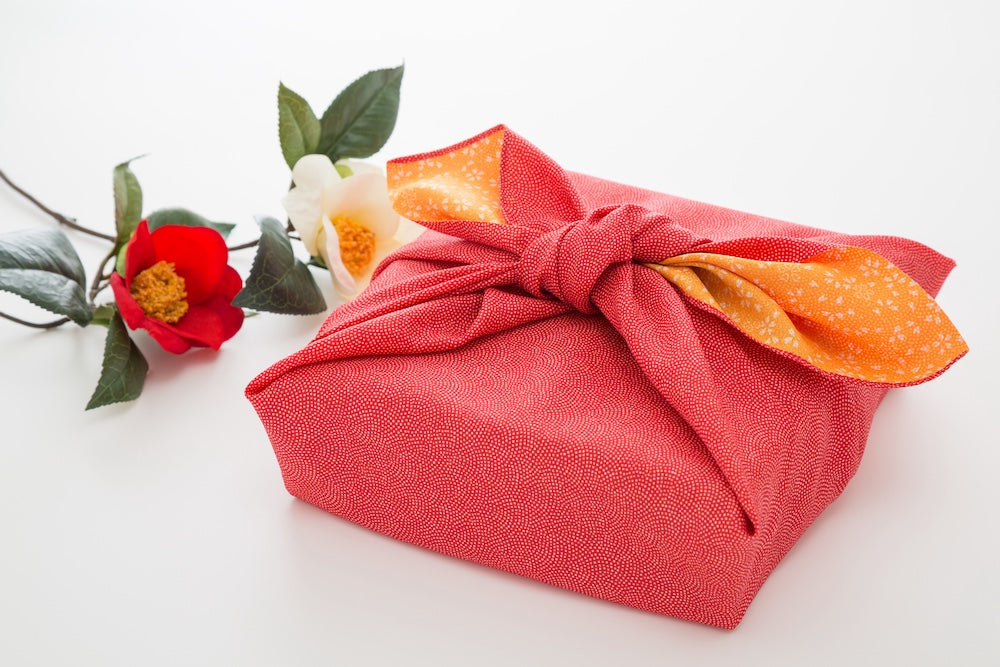
The Case for Furoshiki in the Modern Age
Consider the portable banana case. The watermelon bag. Coffee pod holders. It is unsurprising that object fatigue should set in for some of us in an age where no product niche is too specific. I wo...
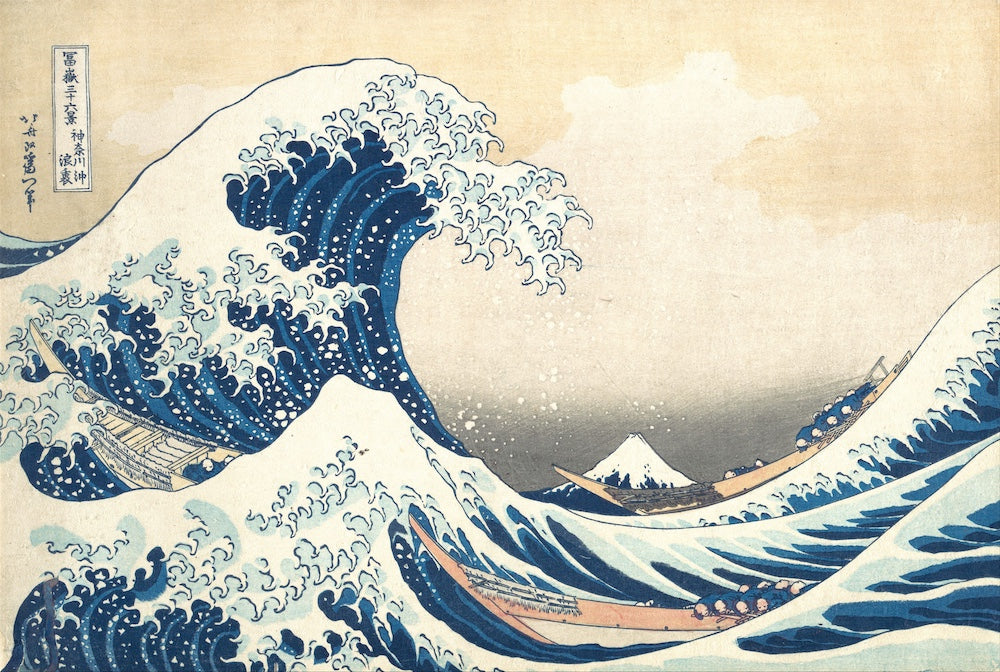
Reading Katsushika Hokusai’s “The Great Wave”
Katsushika Hokusai (1760-1849) may not be a global household name, but Under the Wave Off Kanagawa (Kanagawa oki namiura) is one of the most recognisable artworks in the world. Created in 1831, thi...

The Art Islands of Japan: Teshima
Travelling to Teshima requires a certain amount of forethought. The ferry or high-speed boat travels between Uno Port (in Okayama) and Tonosho Port (on Shodoshima) seven times a day; one missed dep...

The Art Islands of Japan: Naoshima
Naoshima, a tiny island surrounded by a handful of even tinier islands, is home to around 3,000 people. It is part of the Setonaikai National Park — along with 3,000 other islands in the Seto Inlan...
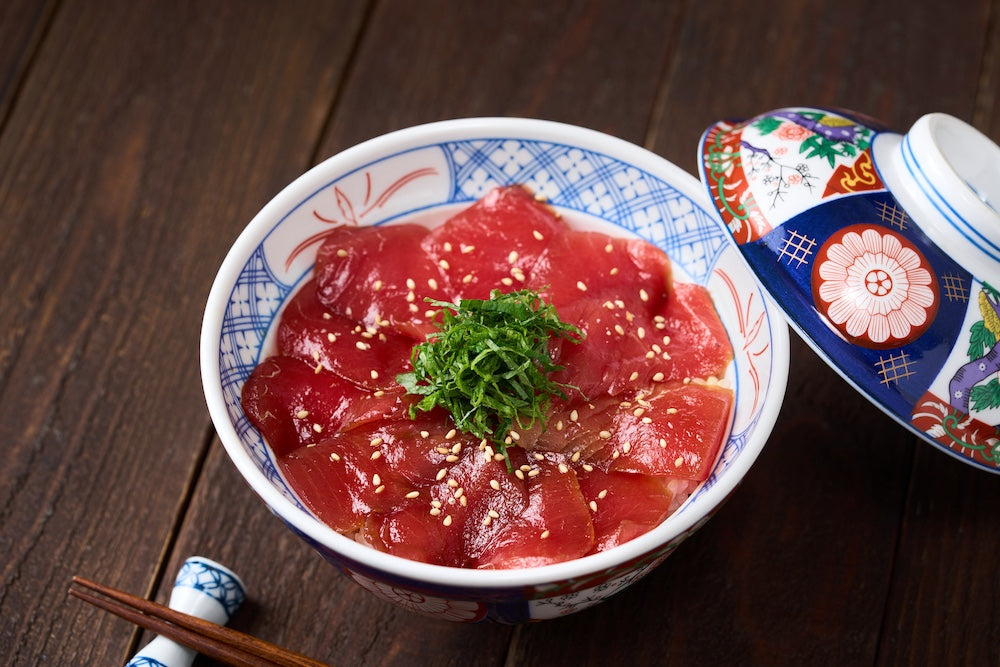
12 Essential Japanese Ceramic Kitchen Tools and Utensils
In an age where cheap, mass-produced plastic encroaches on every aspect of our lives, it seems all the more necessary that we actively seek out well-made objects that will stand the test of time. C...
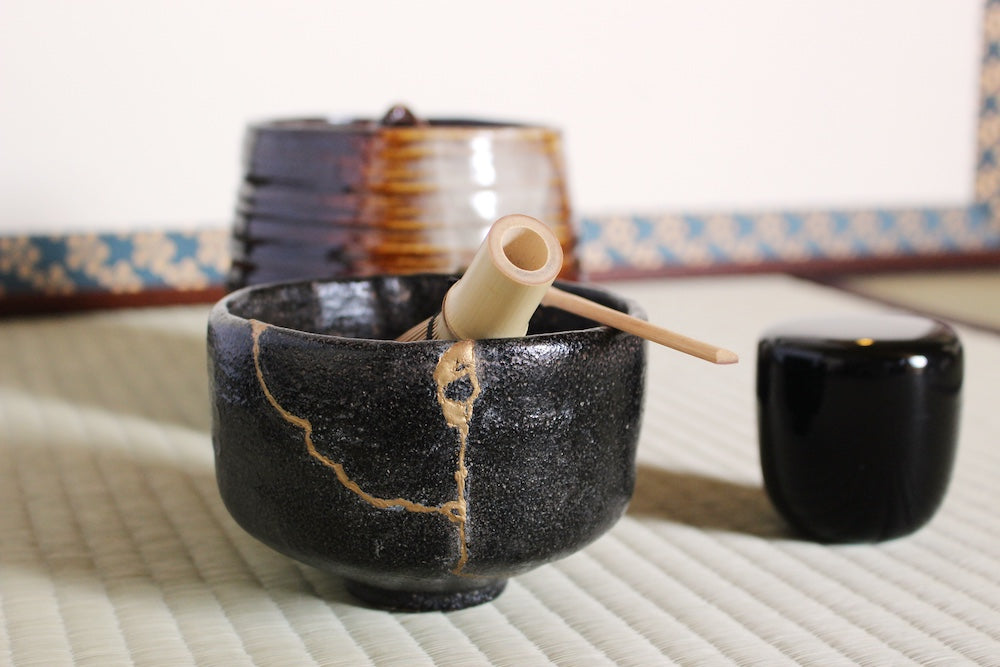
The Handcrafted History of Raku Ceramics
Raku Kichizaemon XV, the fifteenth master of the Raku line, once described the interior of a tea bowl as “a microcosm of the universe in one’s palms.” It is difficult to disagree with this poetic s...
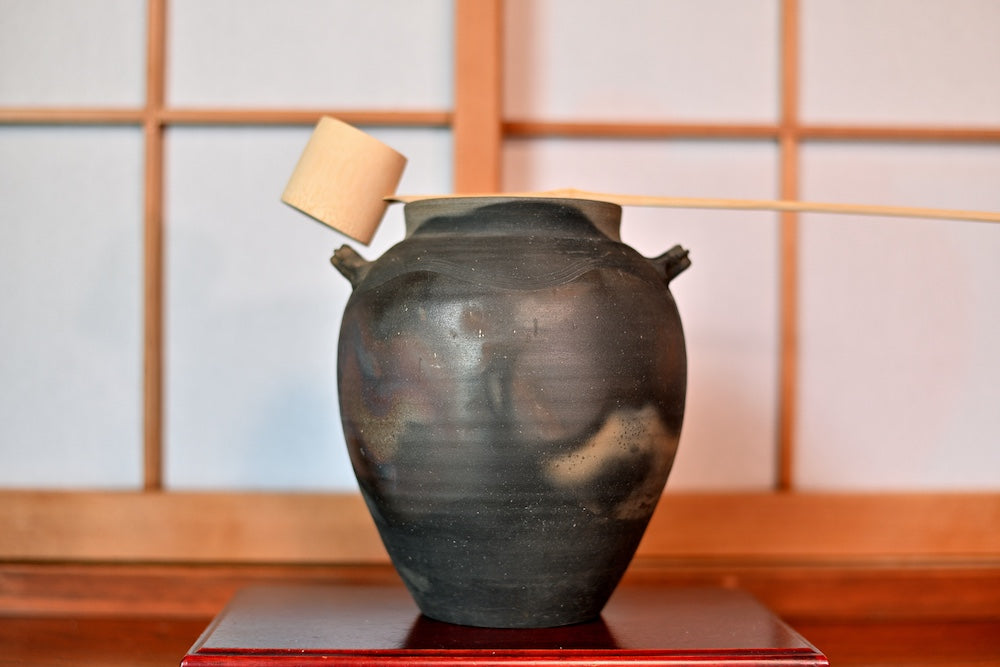
The Unpredictable Beauty of Bizen Ware
There are so many ceramic styles in Japan that many of them seem to blur into each other. But Bizen stoneware stands out, easily recognised even by the untrained eye. One first registers its distin...
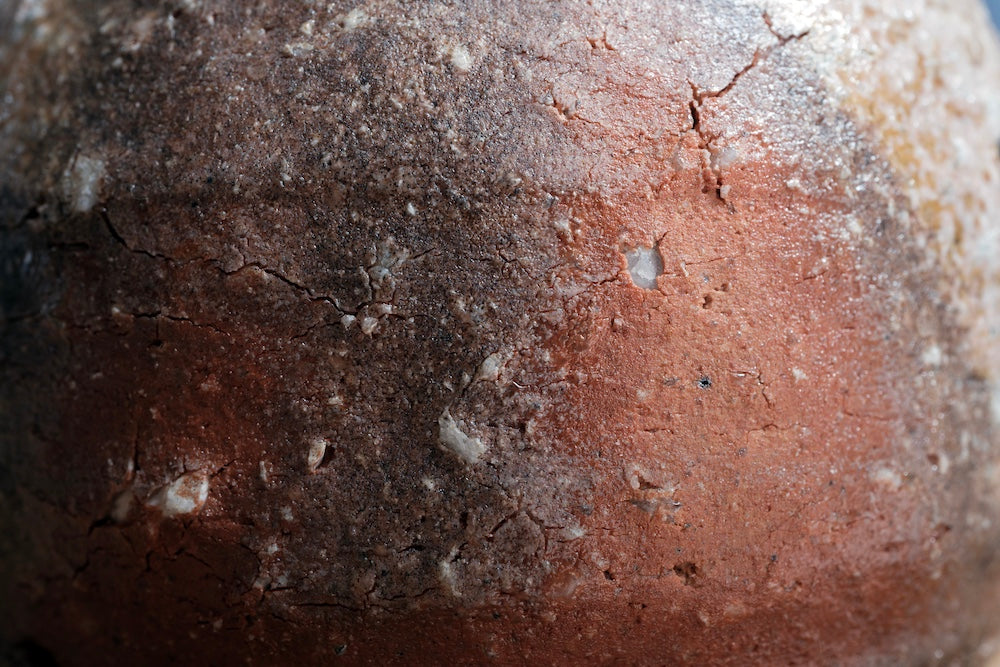
Tea, Tanuki, and Tiles: How Shigaraki Pottery Evolved Through the Centuries
No one visits the Shigaraki valley by chance. Its location in the deep south of Shiga Prefecture, at the terminus of a single, minor local train line where trains arrive once an hour, ensures that ...
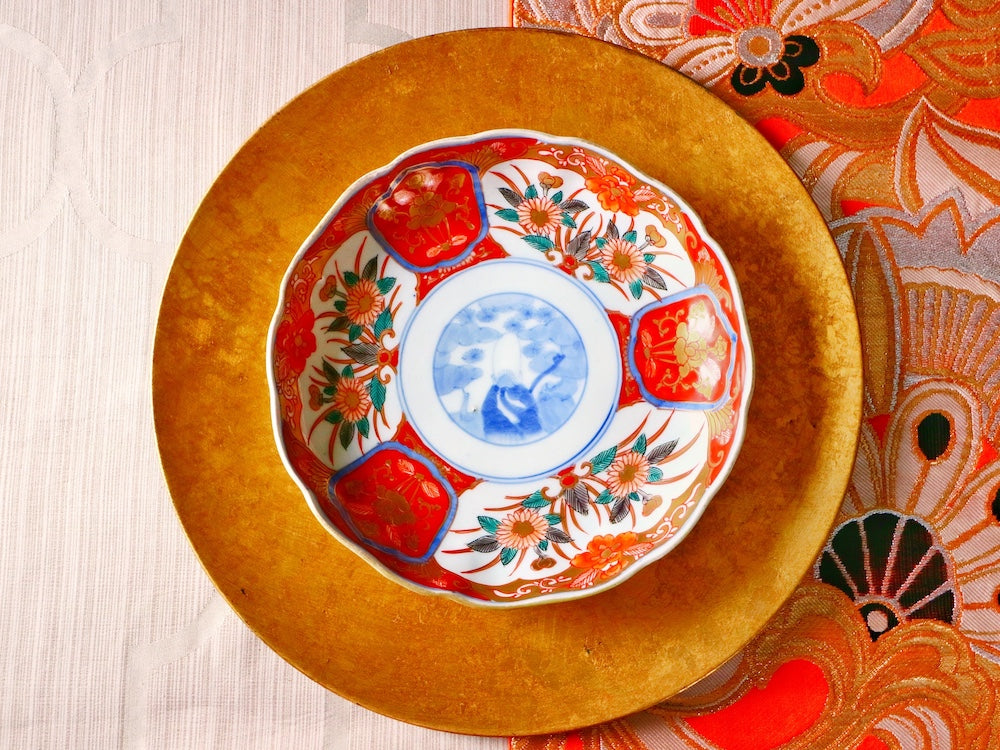
A Passion for Porcelain: Imari Ware Through the Ages
One of history’s most famous collectors of porcelain was Augustus the Strong, Elector of Saxony and King of Poland. Calling him a collector is perhaps too charitable: Over the course of his rule fr...